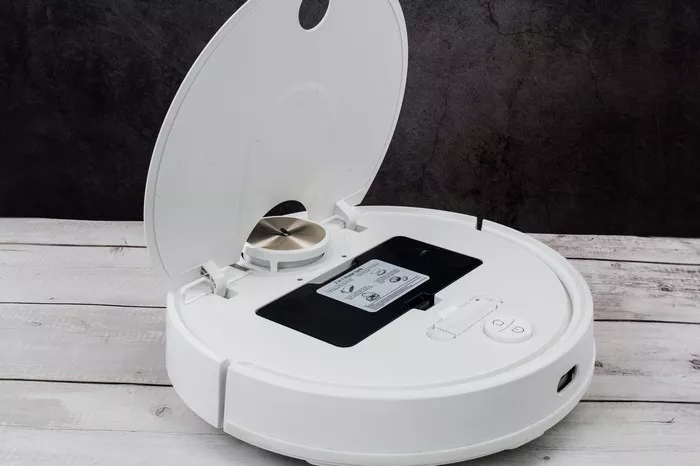Vacuum cleaners are essential tools for keeping our homes clean and free of dust and debris. However, one common frustration that many users encounter is a loss of suction power over time. This decline in performance can hinder the effectiveness of the vacuum cleaner and make cleaning tasks more challenging. Understanding the reasons behind suction loss and knowing how to address them is crucial for ensuring the longevity and efficiency of your vacuum cleaner. In this article, we’ll explore the common causes of suction loss, provide troubleshooting steps, offer maintenance tips, recommend products to aid in maintenance, and advise on seeking professional help when needed.
Common Causes of Suction Loss:
There are several typical reasons why a vacuum cleaner might experience a decrease in suction power. These include:
1. Full Dust Bag or Canister: One of the primary culprits behind suction loss is a full dust bag or canister. As dirt and debris accumulate, the airflow within the vacuum becomes restricted, resulting in reduced suction power.
2. Clogged Filters: Filters play a crucial role in trapping dust and allergens, but they can become clogged over time. When filters are dirty or blocked, airflow is impeded, leading to a decrease in suction performance.
3. Blocked Hose: Another common issue is a blocked hose. Debris such as hair, string, or small objects can get lodged in the hose, obstructing airflow and causing suction loss.
Troubleshooting Steps:
To address suction loss and restore your vacuum cleaner’s performance, follow these step-by-step troubleshooting guidelines:
1. Check and Clean Filters: Start by locating the filters in your vacuum cleaner. Depending on the model, you may have a combination of pre-motor and post-motor filters. Remove the filters and gently tap them to dislodge any loose debris. For washable filters, rinse them under running water and allow them to dry completely before reinstalling.
2. Empty the Dust Canister: If your vacuum cleaner has a dust canister, empty it regularly to prevent it from becoming too full. Refer to the manufacturer’s instructions for guidance on how to remove and empty the canister properly.
3. Inspect the Hose for Blockages: Carefully examine the hose for any obstructions. Use a flashlight to illuminate the interior of the hose and look for debris that may be causing a blockage. If you spot any blockages, use a long, flexible tool such as a pipe cleaner or a straightened coat hanger to dislodge the debris.
Maintenance Tips:
To maintain optimal suction power and prevent future issues, consider the following maintenance tips:
1. Clean Filters Regularly: Make it a habit to clean or replace filters according to the manufacturer’s recommendations. Regular maintenance will help ensure that airflow remains unobstructed, preserving suction power.
2. Empty the Canister Frequently: Avoid letting the dust canister become overly full. Empty it after each use or whenever it reaches capacity to prevent airflow restrictions.
3. Inspect and Clean Brush Rollers: Over time, brush rollers can become tangled with hair and debris, hindering their performance. Regularly remove any hair or threads wrapped around the brush rollers to maintain optimal suction power.
Product Recommendations:
Investing in the right tools and accessories can make maintenance tasks easier and more effective. Consider the following recommendations:
1. High-Efficiency Particulate Air (HEPA) Filters: If you or your family members suffer from allergies, consider using HEPA filters in your vacuum cleaner. These filters are designed to trap small particles and allergens, improving indoor air quality.
2. Crevice Tool: A crevice tool attachment can help reach tight spaces and corners where debris tends to accumulate. Use it to thoroughly clean baseboards, upholstery, and other hard-to-reach areas.
Professional Help:
If you’ve tried all the troubleshooting steps and your vacuum cleaner still isn’t performing as expected, it may be time to seek professional repair services. Look for authorized service centers or certified technicians who specialize in repairing vacuum cleaners. They can diagnose the issue and recommend the necessary repairs to restore your vacuum cleaner’s suction power.
User-Friendly Language:
Throughout this guide, we’ve aimed to use clear and simple language to ensure that the content is accessible to a broad audience. We’ve avoided technical jargon where possible and provided explanations that are easy to follow and understand.
Conclusion
In conclusion, maintaining optimal suction power in your vacuum cleaner requires regular maintenance and attention to detail. By following the troubleshooting steps outlined in this guide and implementing preventive maintenance practices, you can keep your vacuum cleaner operating at peak performance for years to come. Remember to consult the manufacturer’s instructions and guidelines for specific recommendations tailored to your vacuum cleaner model.

